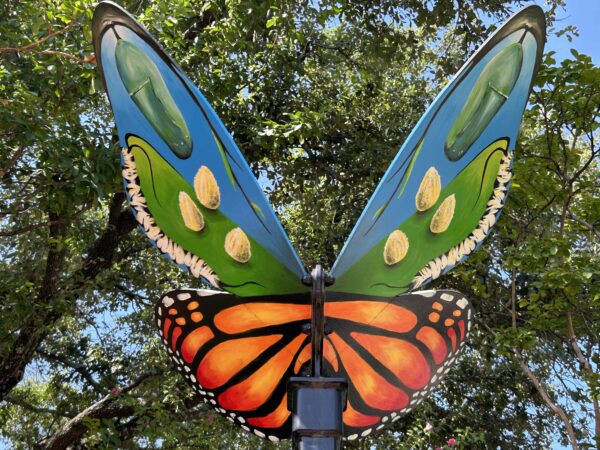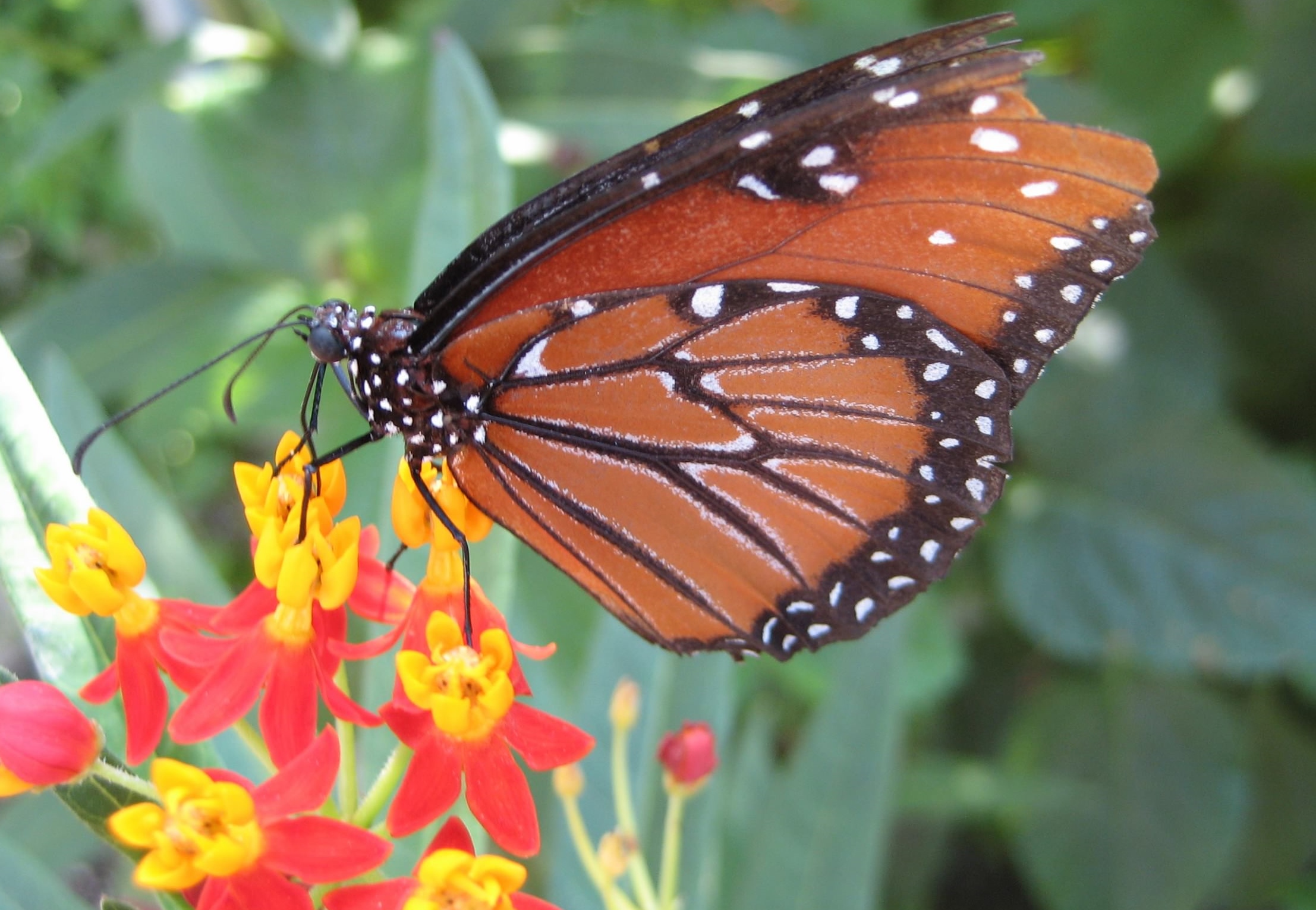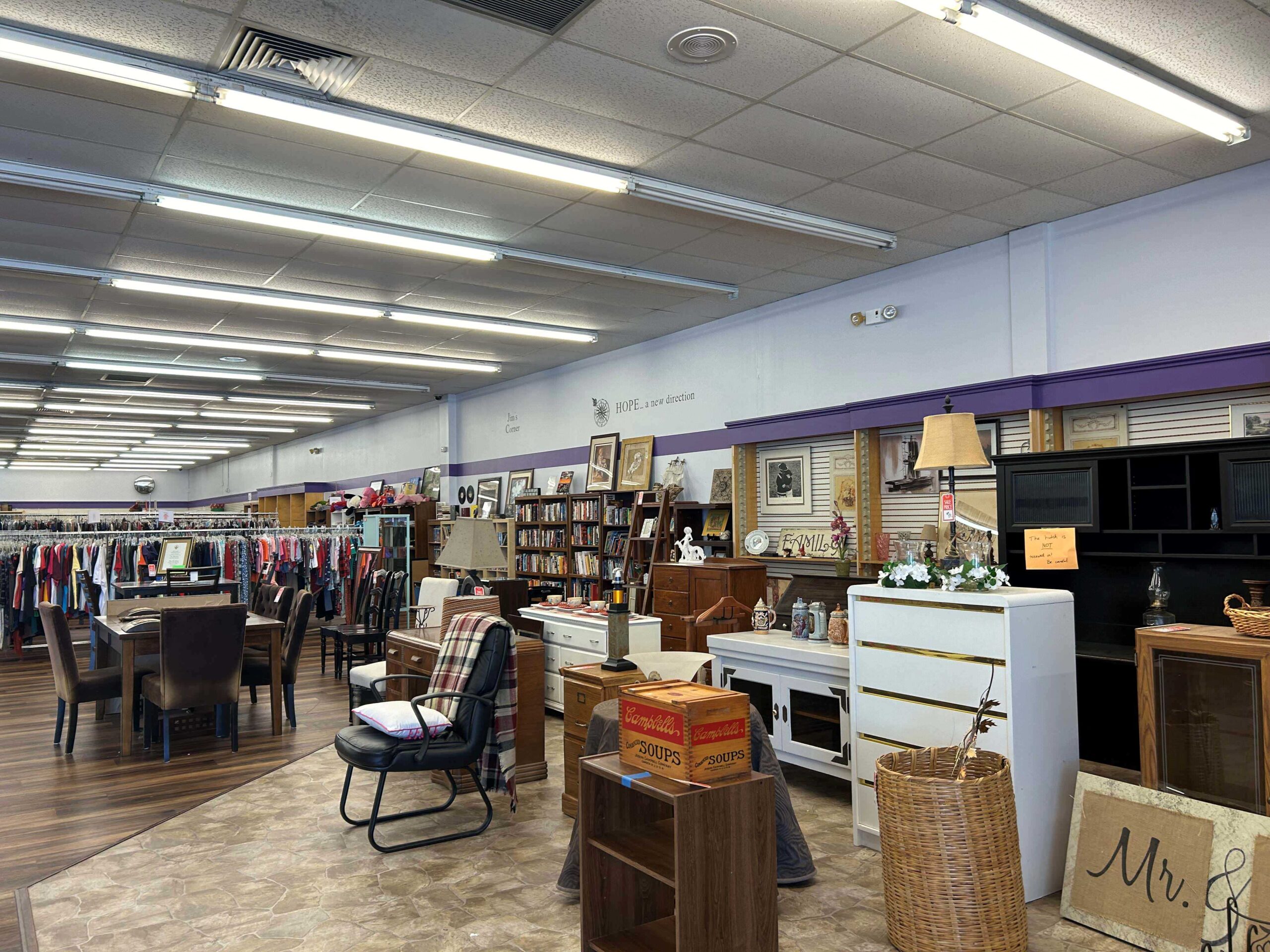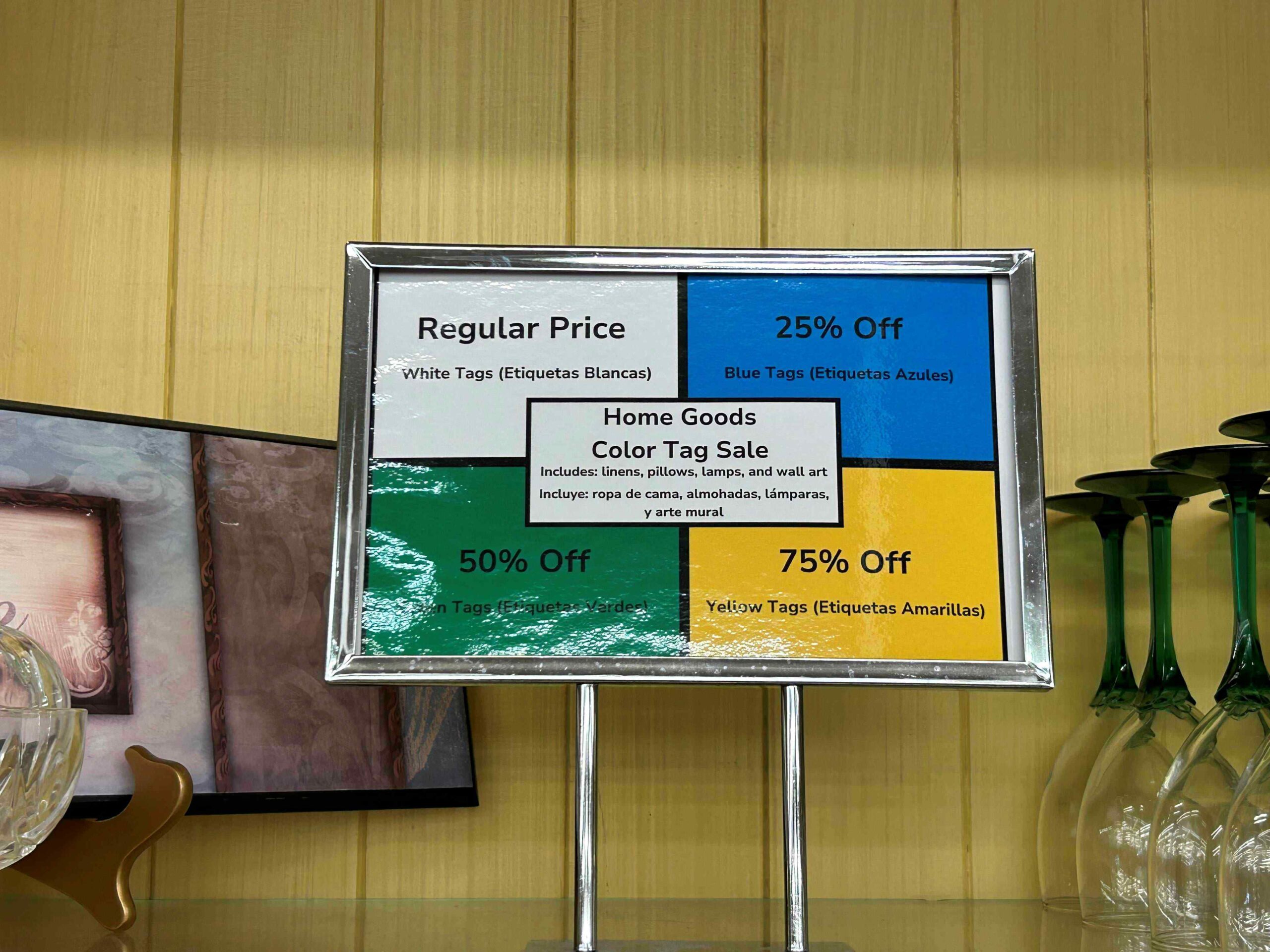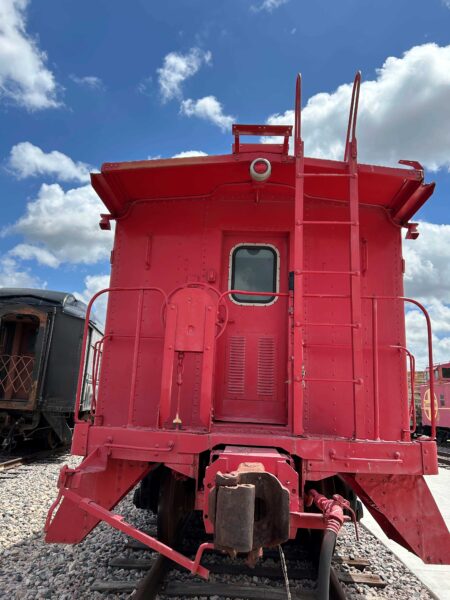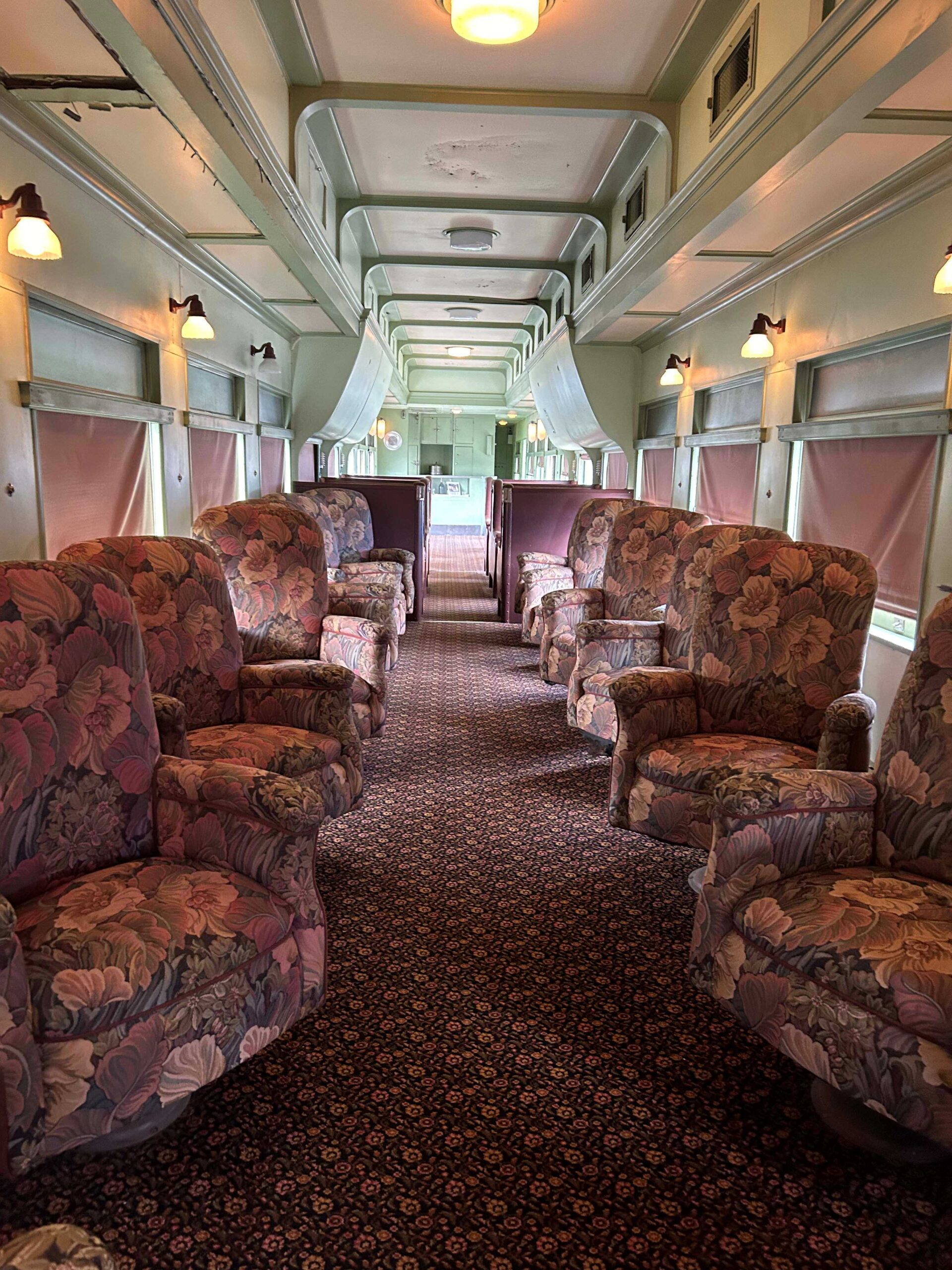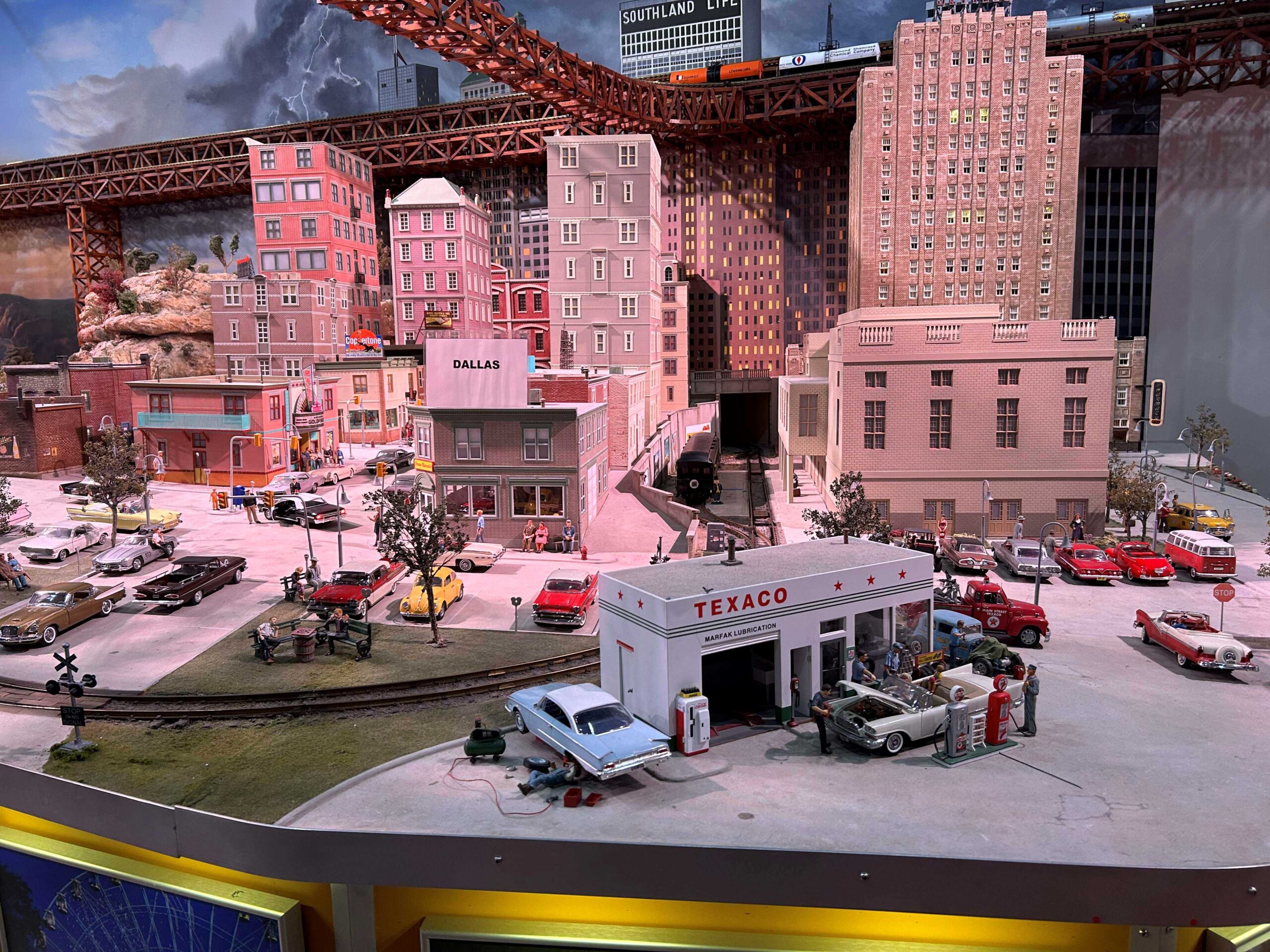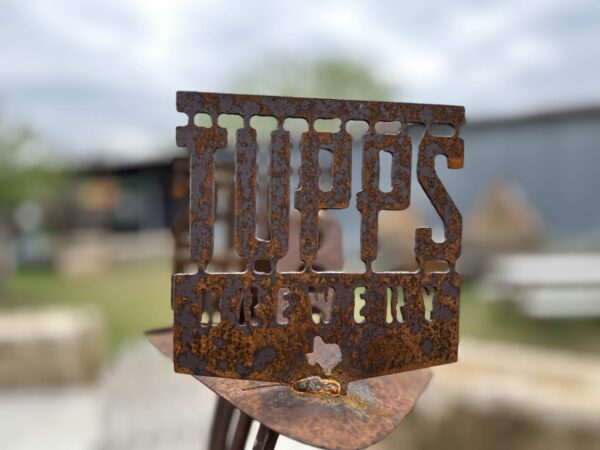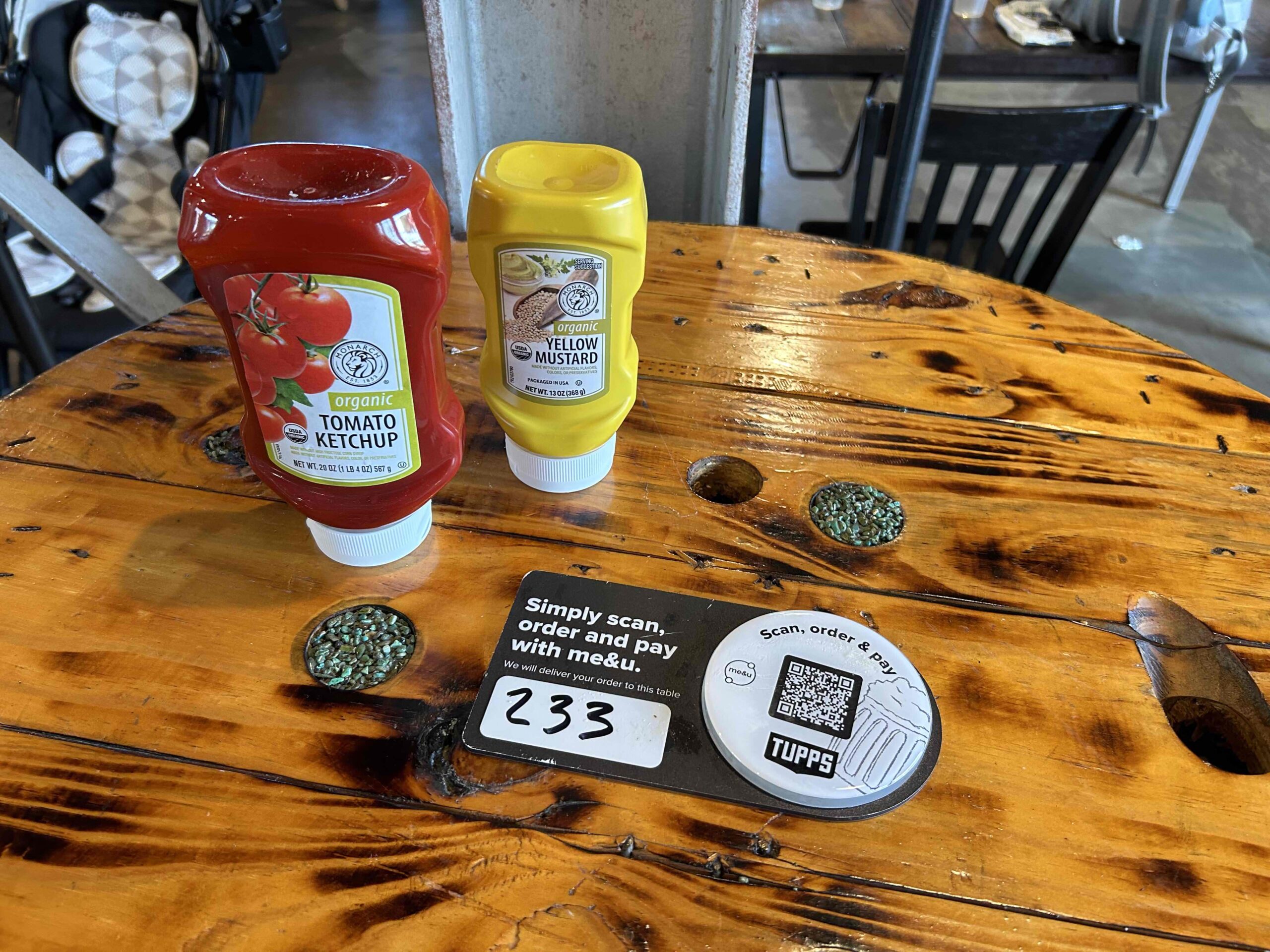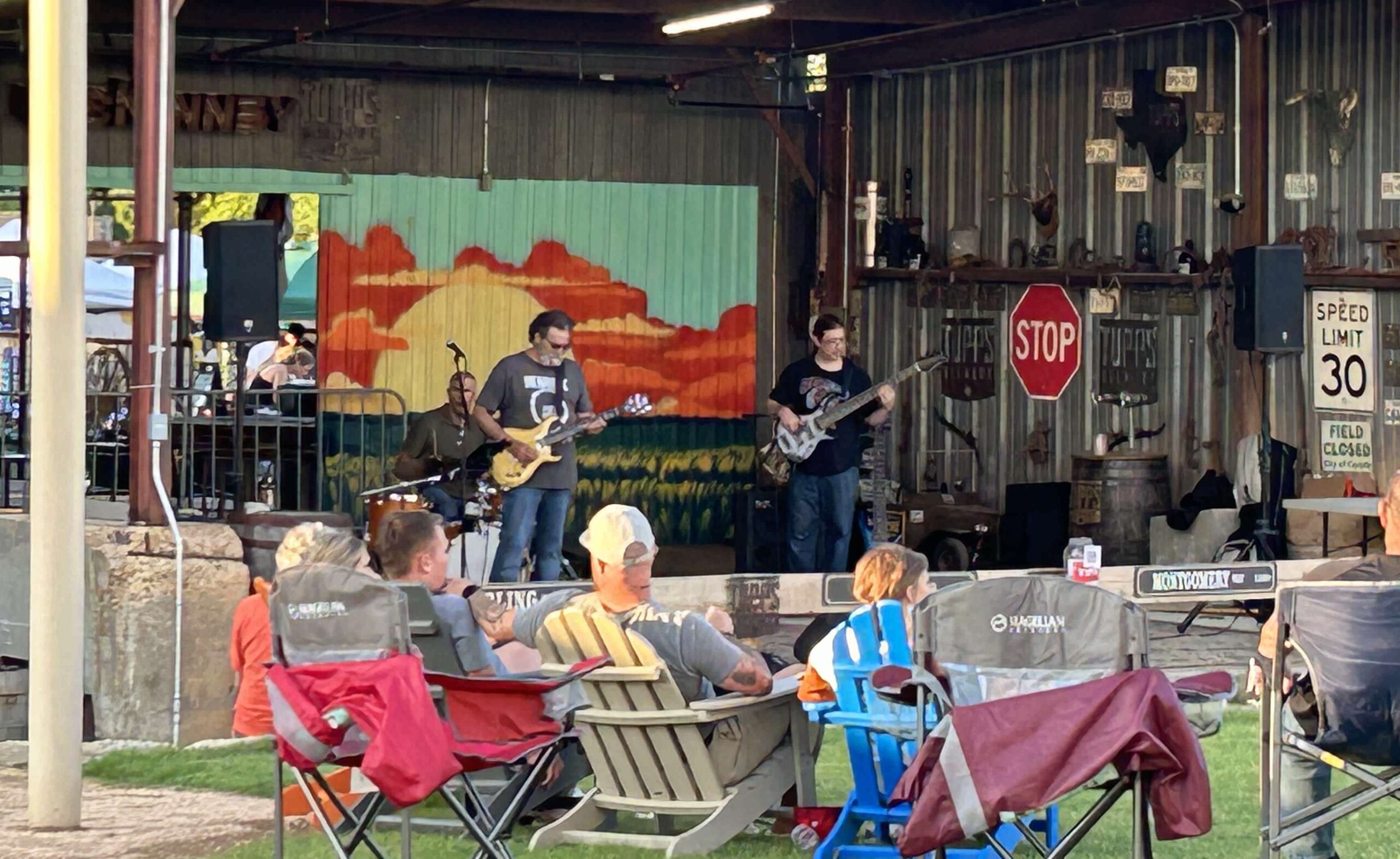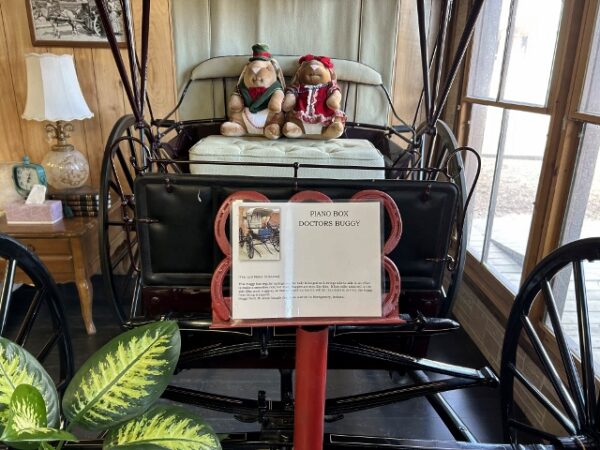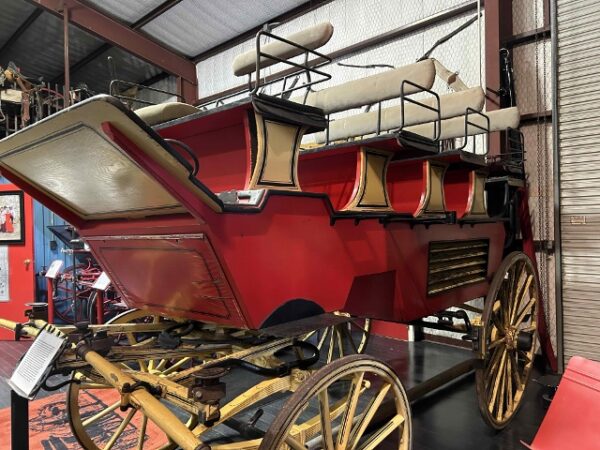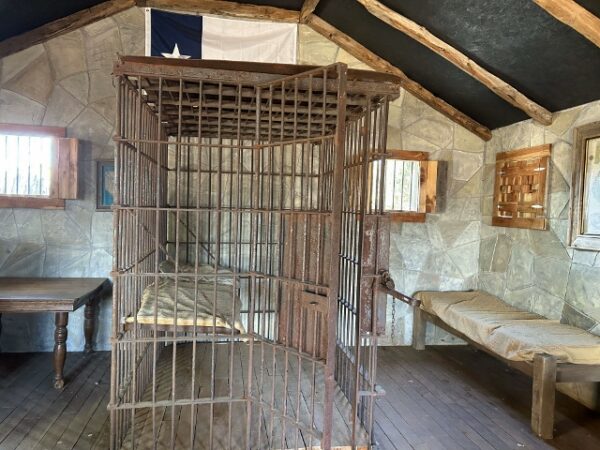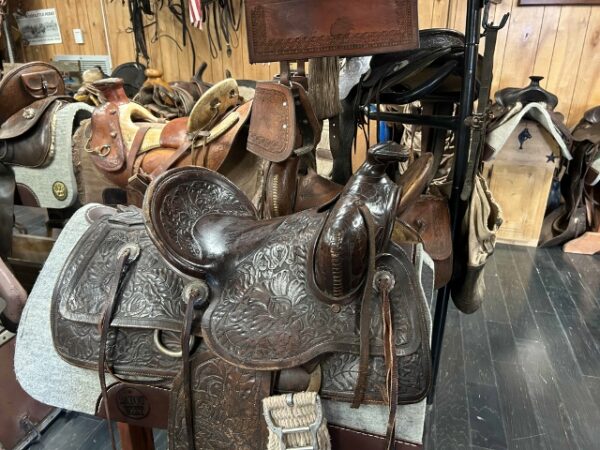As temperatures soar in North Texas, I’m on the prowl for budget-friendly activities that beat the heat. What’s more fun than a treasure hunt? That’s how I view thrifting expeditions here in the Metroplex. Thrift stores are wonderful ways to augment your wardrobe or find that just-right home accent. You know the saying: One person’s junk is another’s treasure.
And some people actually do find treasure. Anna Lee Dozier purchased a pottery vase for $3.99 in a thrift store. She later discovered it was a 2,000-year-old Mayan artifact. So, maybe, just maybe, I might spot a treasure yet.
Thrift Life a Pro
A recent Collin College class taught by Diane Novembrino and Carol Wertheimer offered tips for successful thrift store adventures.
Plan your trip
Research a city’s thrift stores with a simple Google search and plan the sequence of your stops to stores near each other. Most establishments have either a website or Facebook page that can be checked in advance of your trip.
Diane recommends going with a list of things you’re looking for including sizes. Unfortunately, most thrift stores do not have changing rooms. If shopping for yourself, dress in a way that allows for trying items on over clothes (e.g., leggings and tank top with an overblouse).
How to Shop
Both Carol and Diane recommend walking the entire perimeter of a store. Diane says she often sees a bargain, like a $.99 picture frame, that wasn’t on her list. Walking the store before shopping is great for that unexpected find, and it also gives you a feel for the store’s layout.
Check for what’s on sale. Yes, even thrift stores have sales, like half-off yellow tags. The stores, whether operated for-profit or a charity, want to move inventory. Their specials are designed to do just that and can yield remarkable savings.
Bring a smartphone. Google Lens is a great tool for thrifters. Use Google Lens to ‘take a picture’ of your potential purchase. The program then displays similar items and their current price. There’s no point purchasing it used, if you can buy it new somewhere else. I’ve also used my phone for help with silver hallmarks and unfamiliar brands.
North Texas Thrift Stores
Ready to give it a go? Here are some resale stores to get you started. Thrift stores fall into three basic categories: For-Profit, Nonprofit, and Consignment. The Plano stores listed illustrate the basic differences between for-profit and nonprofit resale. The Frisco and Allen stores contrast differences between local nonprofits and big chains like Goodwill. No consignment stores are listed, but those are great to shop if focused on designer clothes, shoes, or handbags. Also, thrift stores can be tailored to a specific audience, like Plato’s Closet, a for-profit chain aimed at teens and young adults.
Plano Thrift Stores
Hope’s Door (2129 W Parker Street, Suite 300, Plano) is a not-for-profit organization that offers support, counseling, and shelter to those impacted by domestic violence. Its resale shop draws donations from service organizations like Plano Junior League and, as such, tends to have some higher quality clothing and household items. Hope’s Door clients can use vouchers to shop, and sales to the general public help finance the Hope’s Door mission. You may pay a higher price here, but it comes with the knowledge your shopping supports a worthwhile organization. I found the store fun, well organized, and with boutique items reasonably priced. They even had a collection of beautiful wedding gowns for $50.
Plaza Thrift (3115 W Parker Rd, Plano) illustrates what you’ll find at many for-profit thrift stores. It’s a larger store with racks and racks of clothing and household items. While some effort is made to sort apparel by size, that effort isn’t always successful. Tags are stapled (yes stapled) to clothing, and great big signs warn that clerks can’t sell any item without a tag. Families frequent the place to buy gently used clothing at a reasonable price. It’s not as fun a shopping experience as Hope’s Door. You definitely will have to hunt more diligently, but bargains can be found like the new men’s dress pants I purchased for $6.99.
Frisco Thrift Stores
Goodwill Frisco (3939 Ohio Dr, Frisco) is a big and relatively new store. I found it clean and easy to shop with clothing separated by size and type. Staff were friendly and helpful. Goodwill has been in the thrift store business for decades. Not only does it use its stores to generate revenue, but stores are also part of its workforce training program. I did score some lovely Talbot cardigans at a nice price, so you can find bargains. But you are unlikely to find an underpriced treasure here. Goodwill not only operates physical stores but also web-based shops. Staff are well-trained to sus out collectibles and offer those items online.
Grace Bridge Resale (9380 Prestmont Pl, Frisco) located across the street from Goodwill Frisco, generates money to support local families with its food bank and community support programs. As a local nonprofit, donations are sold in their store and not siphoned off for online resale like Goodwill. This was one of the few stores I visited that had a large collection of furniture. I found some of their prices high. That said, sales are constant, with deep discounts like half off all furniture.
Allen Thrift Stores
Old strip malls have become exceptional locations for resale stores. That’s the case with the two Allen stores I visited located off Greenville Avenue.
Goodwill Allen (113 N Greenville, Allen) is not as large as the Frisco Goodwill but it does offer the same sort of shopping experience. I mentioned that Goodwill is adept at ferreting out collectibles and selling them online. That works well if you’re searching for things like china and silverplate. These items were once expensive but are no longer desired. Goodwill is savvy enough to know they have limited value in today’s market and price them accordingly. I found a beautiful teapot for $2.99, less than I’d pay for a cup of coffee. If hosting an event, you can find china plates for as little as a dollar each.
ACO Resale Shop (117 N Greenville, Allen) is another community-based nonprofit that supports Allen families in crisis. I enjoyed their store as it combines both a boutique and thrift store experience. Higher quality items are displayed together, and other items have generic pricing. For example, all blazers priced at $4.
When You Go
Go with a friend and make your thrifting expedition a social event. At a minimum, plan a strategic coffee stop or lunch break. Also know your limits. I stop enjoying the experience if I visit too many stores. It’s great to score a few bargains, but more important to have fun.
